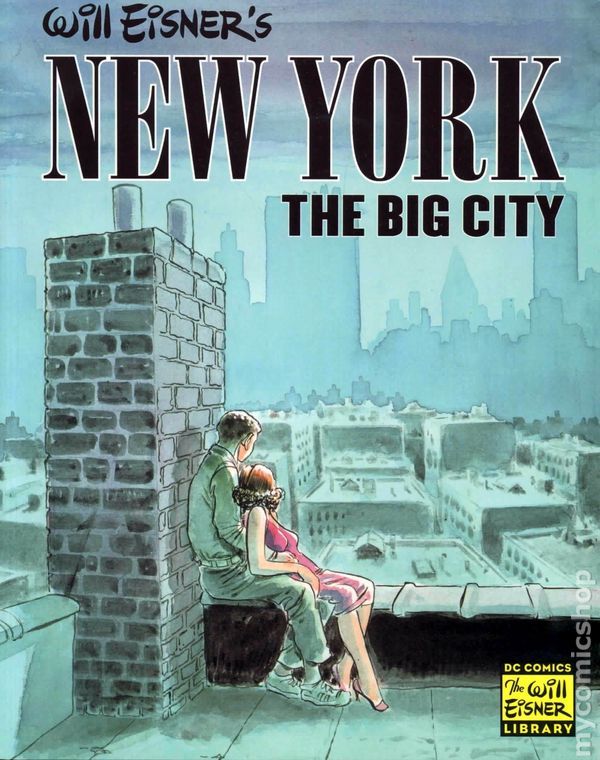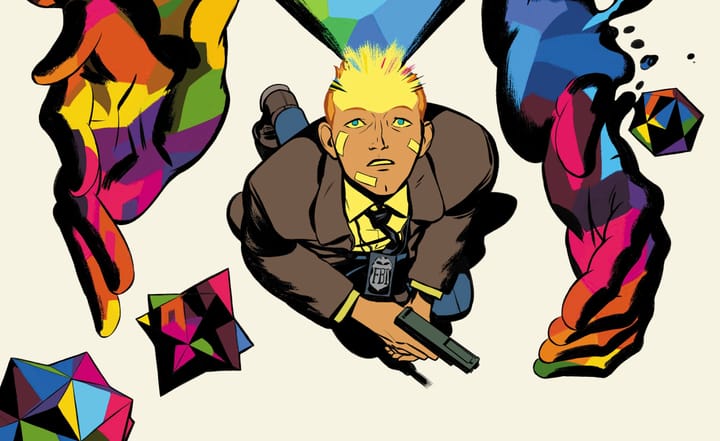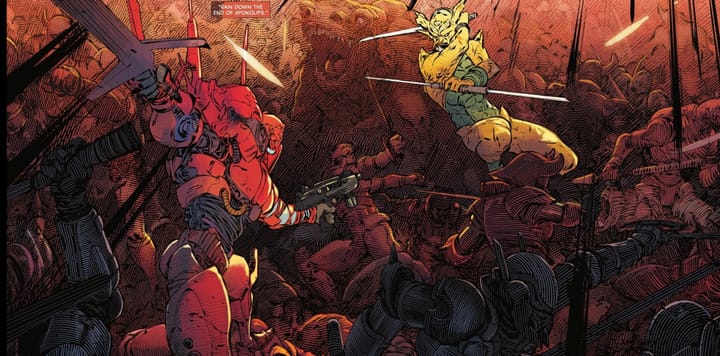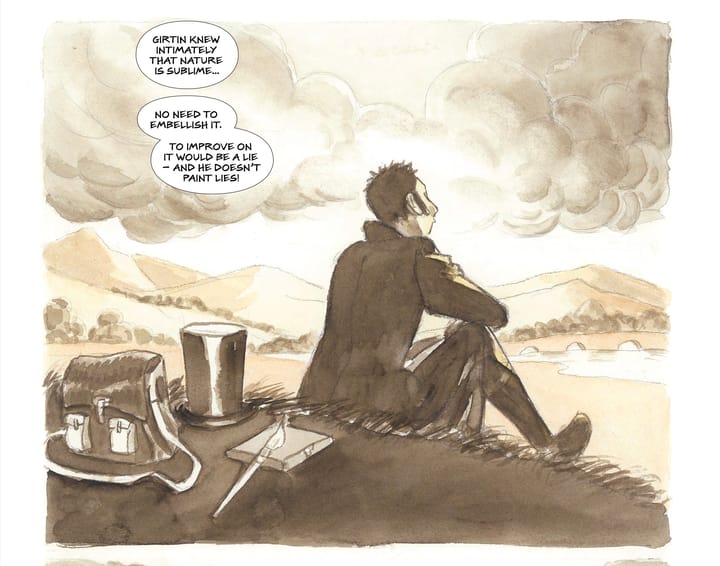From The Archives: New York The Big City

While either sitting on the front stoop of an apartment building to riding the subway, shoulder to shoulder with strangers, to enjoying a summer day with an open fire hydrant to cool you off, Eisner catches the essence of life in the big city.
New York, The Big City (trade paperback)
Published By: DC Comics
Written and Drawn by: Will Eisner
There are millions of stories in New York City. Will Eisner gives us a brief glimpse into those that he knows and unveils the city in a way you may never have seen it before.
Originally published back in the early Eighties, Will Eisner's NEW YORK remains a vibrant and experimental book. In NEW YORK, Eisner tells the tale of a city. It's not about the people in the city, though they are there as well and contribute to the overall book. This is a love poem to the city where Eisner was born and lived.
For decades, Eisner had been one of the best cartoonists but, during the seventies, it seemed like he was often overlooked for other artists like Jack Kirby, John Romita or Neal Adams. Eisner wasn't necessarily as flashy as most of the super-hero artists of the sixties and seventies but he was just as skillful and often more subtle. Realizing that comics could be much more than colored costumed characters beating up on each other (not that there's anything wrong with that) Eisner began using comic books to explore his city and the people who he saw around himself every day. A CONTRACT WITH GOD, THE BUILDING and DROPSIE AVENUE all show the artist reflecting the world around him.
With NEW YORK, THE BIG CITY, Eisner isn't so much telling a story as he is showing his city to people who may never have been to NYC. I'm one of those people but, thanks to Eisner, I feel like I know the city in at least some small way. Eisner's New York is a timeless place, seeming like a cross between the NYC of his childhood combined with the NYC he lived in as he produced the pages to this book. While either sitting on the front stoop of an apartment building to riding the subway, shoulder to shoulder with strangers, to enjoying a summer day with an open fire hydrant to cool you off, Eisner catches the essence of life in the big city.
Instead of giving us one narrative to show us the whole story, Eisner breaks the book down into numerous two or three page vignettes, related only in an over arcing theme. He breaks the book down into nine main sections; "The Treasure of Avenue 'C'," "Subways," "Stoops," "Garbage," "Street Music," "Sentinels," "Walls" and "The Block." You can get an idea of what each section is from the name. I think I was wrong by saying before that this wasn't about the people in the city. It is about them and how they interact with their environment. They're as much a part of this story as is the locale. Setting and characters are almost blended together to the point that you can't tell where the people end and the city begins. Through the vignettes that define the city through the people that live in it, the city takes on a personality and life of its own.
With Eisner's graphic novels, you don't so much read them as experience them and almost become a part of it. In a medium right now that likes to try and show off the obviously extraordinary, Eisner captures the ordinary and explores it like few others before or since can. There are no heroes, no villains, no great people in this book. All the characters are normal people-- kids playing in the streets, street musicians, homeless people and men in suits-- who are just trying to make it through their lives. The people in NEW YORK are all relatable. Most likely, you've met these people in your own life.
While on the surface, there may not be much extraordinary in this book, Eisner makes the normal something more. Through his artwork and storytelling, the city becomes a magical place. Without any elements of fantasy here, the book is still a wonderful glimpse into the life of a city.





Comments ()